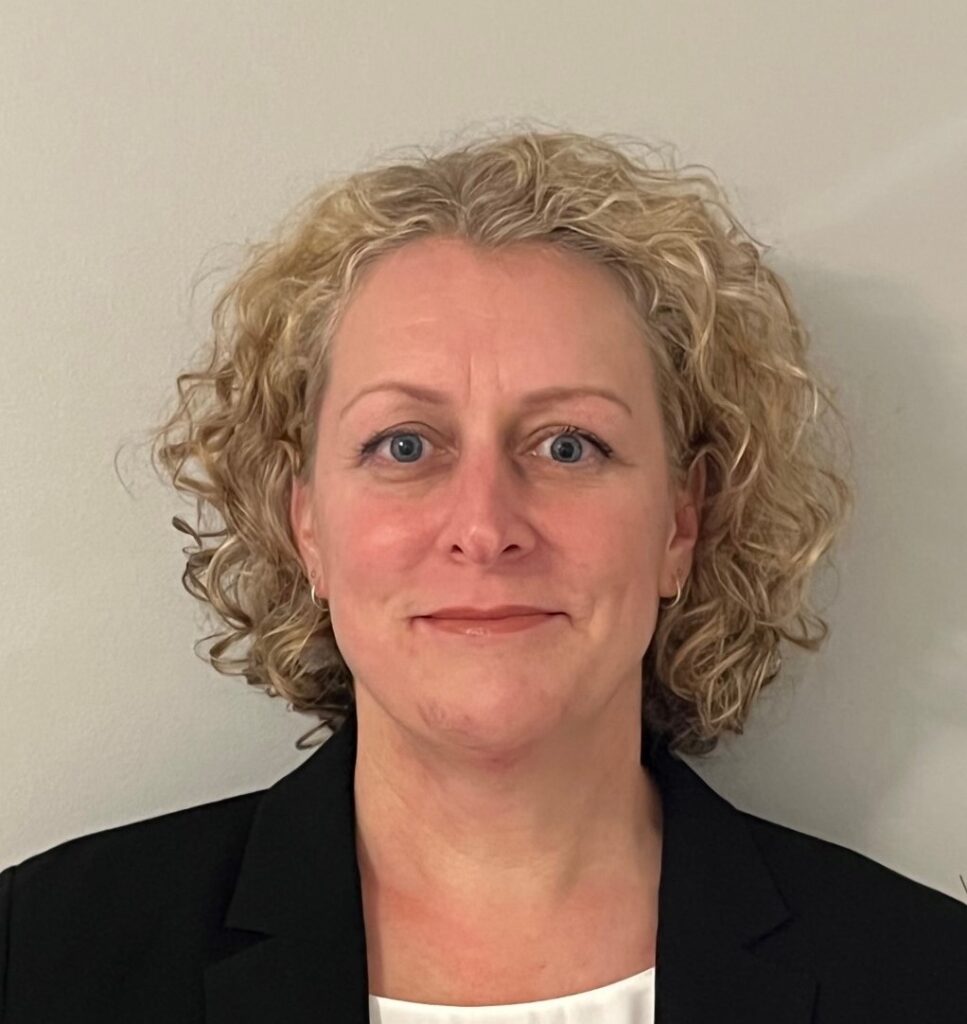A coroner has repeated a recommendation that a Terrain Avoidance and Warning System (TAWS) be made mandatory for small planes after the inquest into a fatal crash three years ago.
In Cairns on Wednesday, Northern Coroner Wilson delivered her findings into the light plane crash which killed five men at Lockhart River in Cape York in March 2020.
Eleven witnesses gave evidence during the four-day hearing last month, which was told pilot Stuart Weavell was flying a Cessna 404 Titan at 1000 feet lower than he should have been, in wet and cloudy conditions, when it hit sand dunes at Quintell Beach, instantly killing all on board.
Northern Coroner Wilson concluded the crash was caused by pilot error but said it could have been avoided had the Civil Aviation Safety Authority (CASA) mandated the installation of TAWS as recommended after a 2007 coronial inquest into a crash at Lockhart River in 2005 which killed all 15 on board.
“One cannot look at the five families (of those) who died at Quintell Beach in March 2020 and reassure them that all that could be done was done. Again, the time is long past due, some might say past due by the 16 years since the last inquest arising from made an almost identical recommendation,” she said.
“Industry pushback for what seems to be primarily monetary reasons is not a reason for this nation’s regulator to not mandate TAWS. TAWS is essential, available and commercially viable for all operators working in a charter fee for service space.
“The aviation industry did not require an inquest to learn the benefits or necessity of TAWS. The aviation industry is and should remain the exemplar of the highest standards and cockpits that are outdated and cannot be retrofitted or modified to embed upgraded software should not be carrying fee-paying passengers, in this case government employees.”
The private charter flight was provided to QBuild to convey employees Wayne Ganter, Mark Rawlings and Henry Roebig, and contractor Wayne Brischke, from Cairns to inspect a school construction project and carry out a pest and termite inspection.
Northern Coroner Wilson found the collision was not a result of a mechanical fault or defect of the plane, or of Mr Weavell experiencing a medical event. She found he was qualified and medically fit to operate the plane, and references reflected he was diligent, professional and responsible.
She found the collision could be categorised as Controlled Flight Into Terrain (CFIT), when an airworthy aircraft under pilot control is unintentionally or inadvertently flown into the ground.
The Australian Transport Safety Bureau (ATSB) concluded the crash was “very likely” the result of CFIT, after it investigated the incident.
The ATSB found Mr Weavell “was probably experiencing a very high workload” after a missed approach in his first attempt to land at the Lockhart River aerodrome.
It also stated Australia had fewer requirements for installing a TAWS than other comparable countries, and the requirements were not consistent with international standards.
“Given the aircraft’s descent profile on the second approach, if a TAWS had been fitted and been operational, it would have provided the pilot with both visual and aural alerts of the approaching terrain for an extended period,” it stated.
Northern Coroner Wilson made six recommendations at the end of her 48-page report, Lockhart River Plane Crash No.2.
The first recommended CASA “implement relevant regulation to mandate the fitment of TAWS for all small aeroplanes conducting air transport operations under IFR (and night VFR) where the aeroplane has a passenger carrying capacity of 6 or more regardless of whether the aeroplane is turbine or piston powered”.
Other recommendations included that CASA provide further advice and education to relevant industries about the risks of conducting instrument approaches in hazardous weather; and that the adequacy of lighting at the Lockhart River aerodrome be reviewed.







Share this article